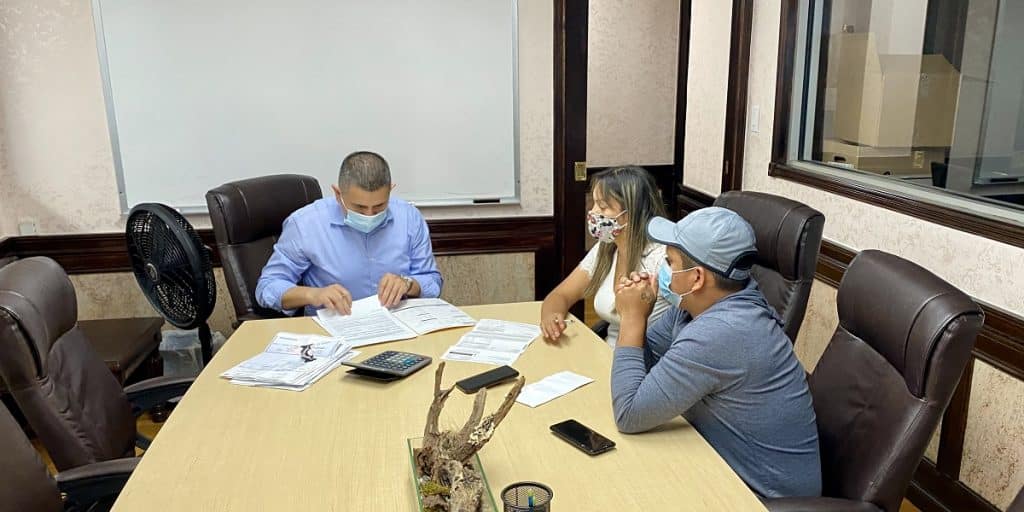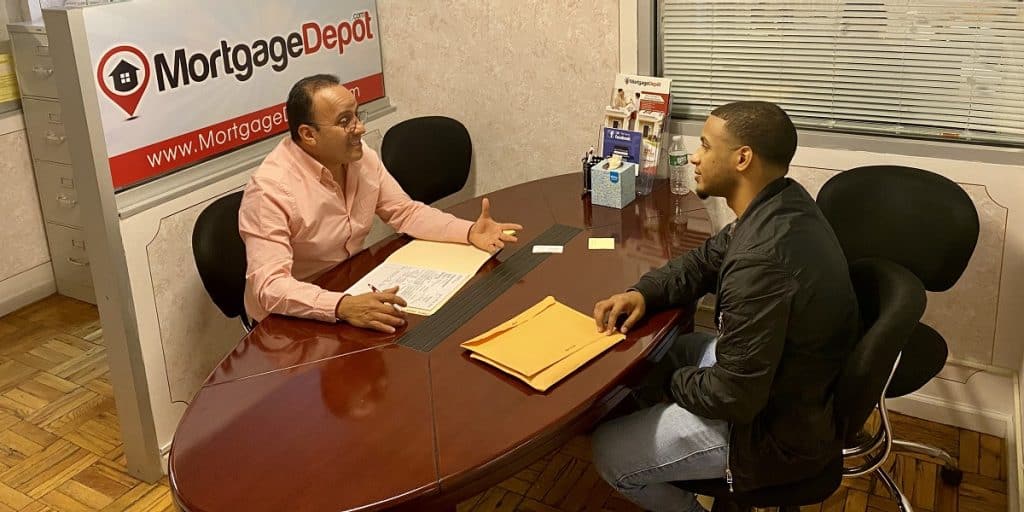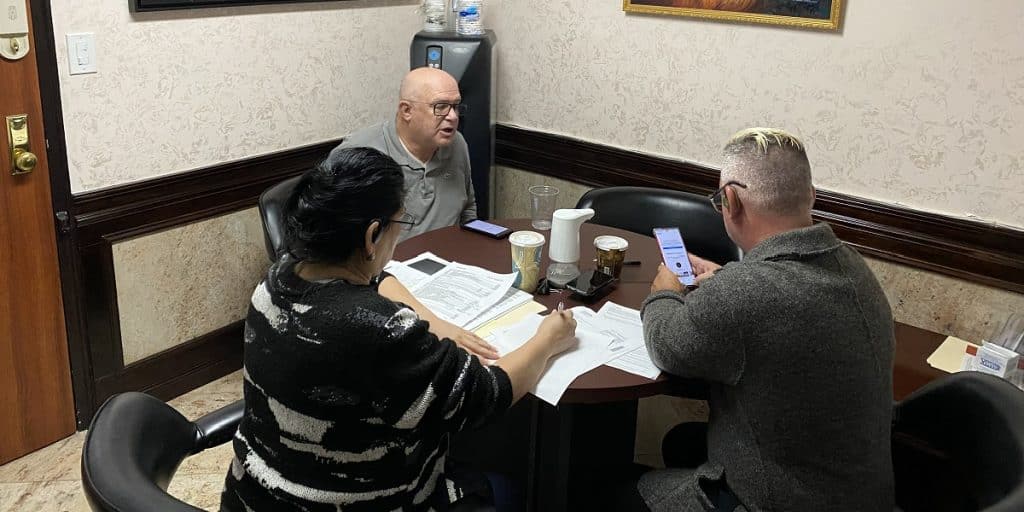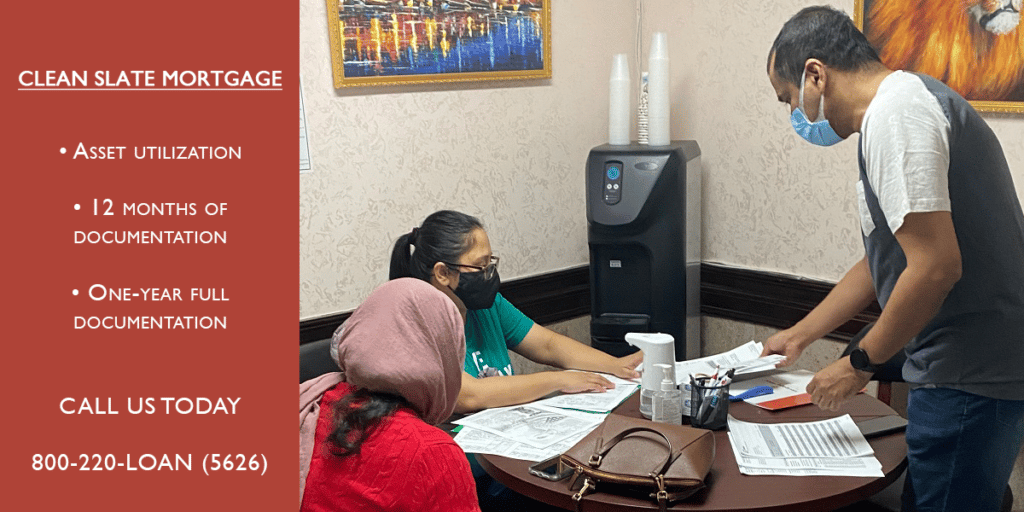
Recently the FHA issued new rules to allow borrowers in forbearance to refinance their mortgages. If you took a hardship break due to the pandemic, and temporarily suspended your mortgage payments, you’re still eligible to refinance your mortgage loan this year, according to a recent announcement from the Federal Housing Finance Agency (FHA). The goal is to make sure that borrowers are not penalized for the setback and “allows homeowners to access record low mortgage rates and keeps the mortgage market functioning as efficiently as possible,” explained Mark Calabria, director of the FHFA.
The new policy applies to mortgages backed exclusively by Fannie Mae and Freddie Mac. Loan applications that are dated on or after June 2, 2020, are eligible, but the policy doesn’t apply to those high loan-to-value refinance loans. The mortgage agencies noted that they are not considering payments missed during COVID-related forbearance that have been resolved, to be historical delinquencies. In fact, a June 1 report from the Mortgage Bankers Association noted that just over 4.2 million homeowners are now in forbearance plans. The total number of loans now in forbearance grew to 8.46 percent. To date, 3.6 million homeowners were past due on their mortgages as of the end of April, representing the largest number since January 2015.
Although forbearance typically can “ding” your credit and reduce the chances of securing refinancing or purchasing a home anytime soon, new rules give borrowers some leniency and by allowing them to refinance their mortgage that is in forbearance earlier with a shorter (or no) waiting period as long as certain conditions are met. Instead of the required 12 months of timely payments, once the forbearance period ends, you’ll just have to make on-time payments for three consecutive months in order to be eligible to qualify for a refinance. Mortgage refinance rates have recently reached historic record lows, so now is the time act swiftly.
Your lender understands that your financial situation was a temporary setback and you’ve been able to keep up with your mortgage payments post-forbearance. Making payments on time is enough to signal to lenders your financial stability. There was so much confusion surrounding forbearance, the new temporary policy was put in place to clarify what happens once a homeowner’s forbearance period ends.
For some borrowers who enrolled in forbearance because of COVID-19 related challenges, but were able to remaining current on their repayments. Lenders rightfully believe that shouldn’t have an effect on their ability to qualify for a refinance or new home purchase. And another plus, although not required: if you pay the full amount missed during the forbearance right after you reinstate your mortgage, there’s no waiting period at all to refinance.
WHY REFINANCE AFTER FORBEARANCE
Refinancing has been one of the ways borrowers have been using to save money on their mortgages during the coronavirus pandemic. It simply means that you’re paying off your original home loan and replacing it by creating a second one with a much better, lower interest rate. This process is quite similar to your first mortgage in terms of documentation required and the approval process.
Interest rates set another recent record low with the 30-year fixed rate dropping as low as 3.37 percent. These super low rates really should be music to your ears if you’re looking to refinance, because that means more money to put in your pocket. By refinancing your mortgage, you’ll have lower monthly payments and your mortgage loan will be paid off much faster. If you happen to have an adjustable-rate mortgage, a refinancing lets you change to a fixed-rate mortgage so that you can lock in your lower interest rate for the rest of the entire life of the loan. This alleviates having to worry about a volatile rate increase.
COMPARE RATES
Be sure and compare mortgage-refinancing rates from a variety of lenders. Many borrowers make the mistake of not doing enough or any research and going with the first lender that they see. This mistake can potentially cost you thousands of dollars a year. If you’ve been watching those interest rates drop, and you’re in forbearance, make sure that you keep up with your mortgage payments once you resume making payments. Contact MortgageDepot.com today for an easy way to compare mortgage-refinancing rates from a variety of lending partners at the same time and maybe even get pre-qualified. We can assist you without affecting your credit score.
Contact one of our loan consultants to learn more about this program.
Have questions or need help?
Call us now at 800-220-LOAN
Request a call back or email us your questions!







